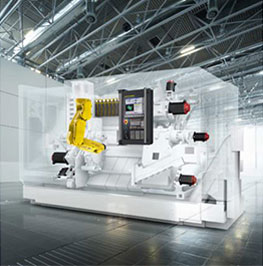
10 月 . 02, 2024 12:45 Back to list
How Do You Dispose of Electrical Goods?
The disposal of electrical goods is a topic of growing importance in our modern, technology-driven society. With the rapid pace of innovation, many people are left with outdated or broken electronic devices. Understanding how to properly dispose of these items is crucial for both environmental sustainability and public health. Improper disposal can lead to harmful environmental effects, while responsible recycling can help reclaim valuable materials.
How Do You Dispose of Electrical Goods?
One effective way to dispose of electrical goods is through recycling. Many communities offer recycling programs specifically designed for e-waste. These programs often have designated drop-off locations or special collection events where residents can bring their old electronics. Recycling facilities process these items to extract valuable materials, such as metals and plastics, which can be reused in manufacturing new products. This not only conserves natural resources but also reduces the environmental impact associated with mining and processing raw materials.

Another option is to donate functioning electrical items to charities or organizations that can use them. Many schools, shelters, and nonprofits welcome donations of working electronics, which can provide much-needed resources for those in need. Before donating, ensure that the items are in good working condition and that you remove any personal data stored on them, particularly in devices like smartphones, tablets, and computers.
For items that cannot be repaired or recycled, proper disposal through landfill or hazardous waste programs is necessary. Some municipalities have specific guidelines on how to dispose of certain types of e-waste, so it is advisable to check local regulations. Many areas also conduct hazardous waste collection days, allowing residents to dispose of toxic materials safely.
Lastly, manufacturers are increasingly taking responsibility for their products. Some companies offer take-back programs, where consumers can return old electronics to be recycled or reused. Participating in these programs can simplify the disposal process and ensure that products are responsibly managed at the end of their lifecycle.
In conclusion, disposing of electrical goods requires careful consideration and responsibility. By recycling, donating, and properly disposing of e-waste, we can minimize environmental harm and contribute to a more sustainable future. Each small effort counts, and as consumers, we must be proactive in ensuring that our technological advancements do not come at the cost of our planet's health. Ultimately, a collaborative approach involving individuals, communities, and manufacturers will be essential in addressing the challenges posed by electronic waste. Together, we can make a difference and pave the way for a cleaner, greener tomorrow.
Latest news
Unveiling the Power of Eddy Current Separator
NewsSep.25,2024
Transform Your Home Recyclin:home metal shredder
NewsSep.25,2024
The Future of Waste Management with Recycling Line Picker
NewsSep.25,2024
The Benefits of a Metal Recycling Plant
NewsSep.25,2024
Revolutionize Material Separation with Onwang Technology
NewsSep.25,2024
Innovative Waste Management: Unveiling the MSW Sorting Plant
NewsSep.25,2024